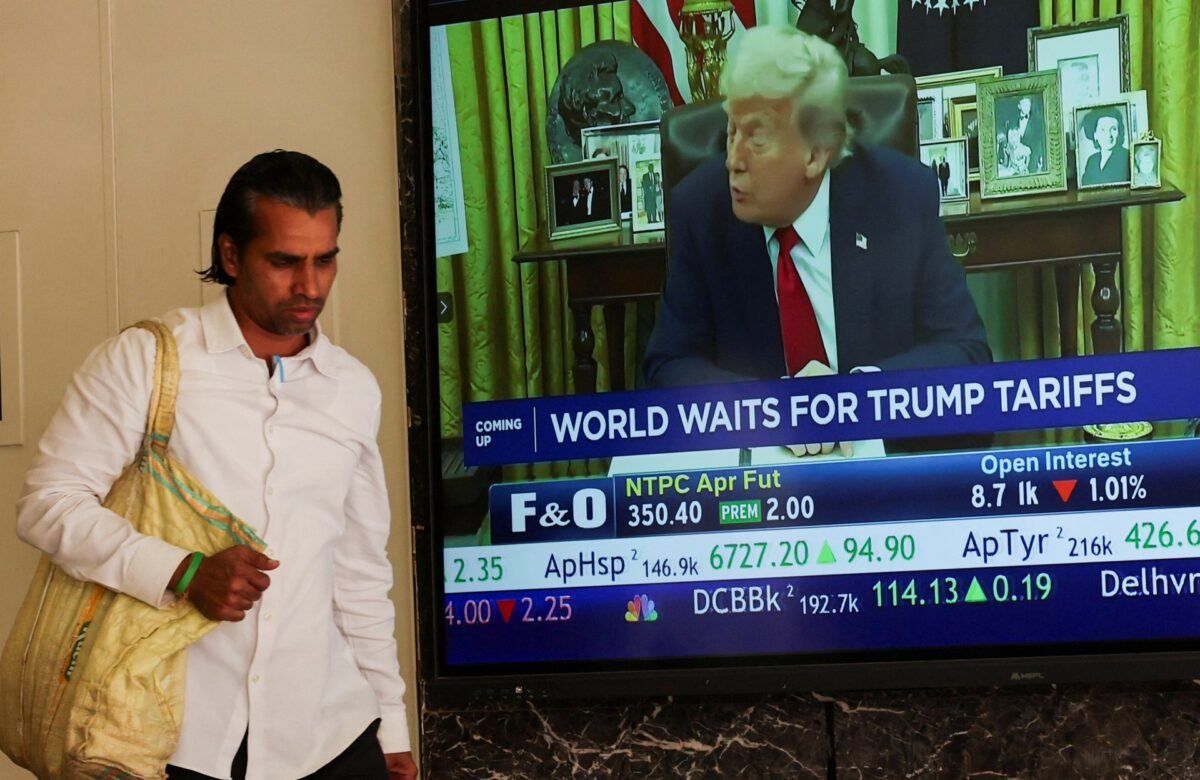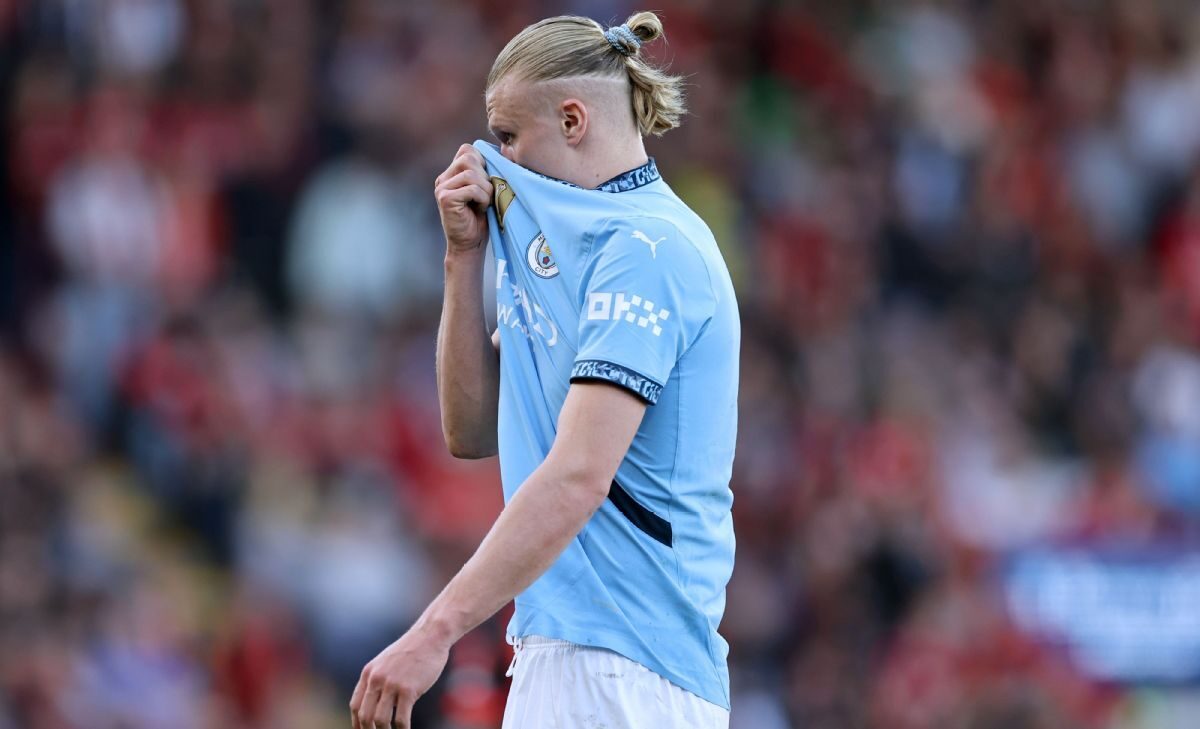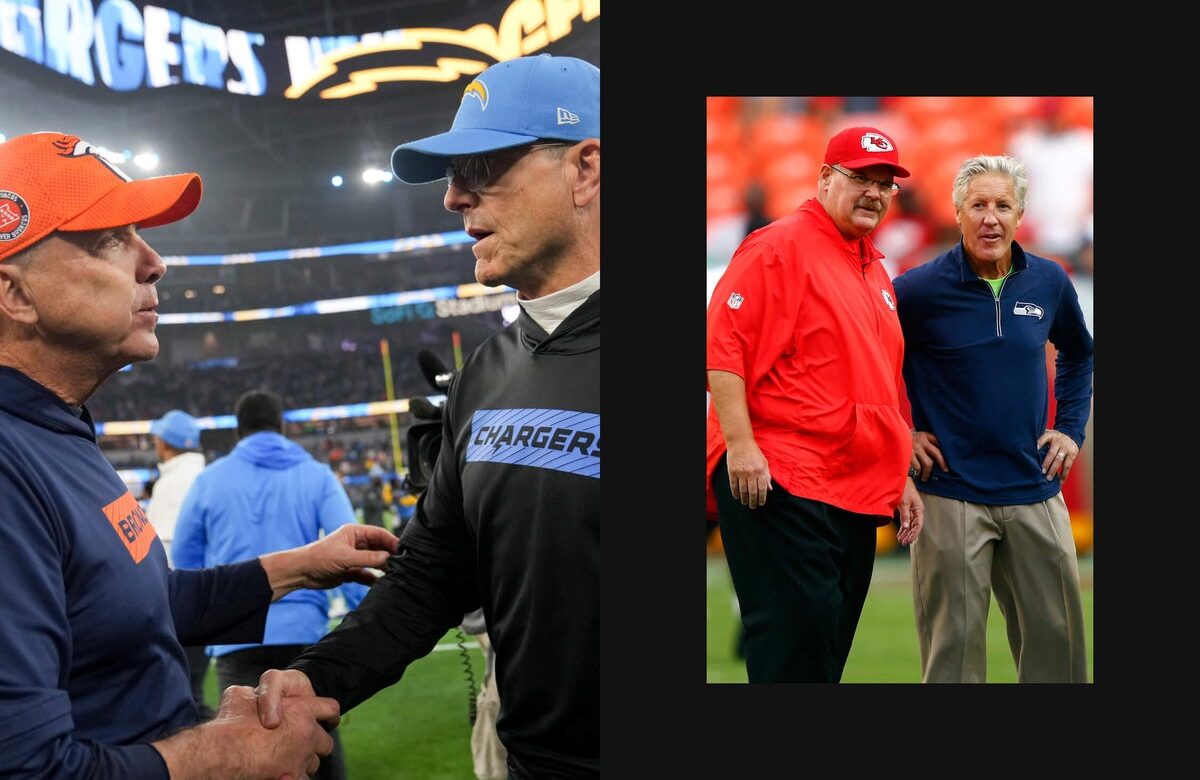
Minnesota Lt. Gov. Peggy Flanagan could be nation’s first Indigenous woman to serve as governor : NPR
- Politics
- August 24, 2024
- No Comment
- 41

Minnesota Lt. Gov. Peggy Flanagan speaks to a crowd during the 2024 Democratic-Farmer-Labor State Convention in Duluth.
Erica Dischino/MPR News
hide caption
toggle caption
Erica Dischino/MPR News
A November win for Vice President Kamala Harris and Minnesota Gov. Tim Walz would shake up political control in Minnesota – and it could spur the ascension of the country’s first Indigenous woman to a governor’s office.
Democratic Lt. Gov. Peggy Flanagan is a member of the White Earth Nation and, as a longtime political organizer, helped train Walz to run for office almost two decades ago. In the years since, she has built up her policy chops as a school board member and state legislator.
Political allies credit Flanagan with driving efforts to bring tribal nations to the table in state conversations about government policies. They also say she’s had an important role in advancing laws that focus on children and families.
Her opponents, meanwhile, say the lieutenant governor has taken too liberal an approach to lawmaking in St. Paul and fault her – along with Walz – with the response to unrest following George Floyd’s murder.
Kelly Dittmar, research director for the Center for American Women and Politics, says Harris’ running mate pick could have ripple effects in Minnesota and elsewhere.
“This particular case in Minnesota, is just important in the sense that it does show the effects of Kamala’s ascendance that have down-ballot and down-level effects on other women,” Dittmar said.
An early introduction and friendship between Walz and Flanagan
Flanagan, 44, is the highest-ranking Indigenous woman elected to an executive office in the nation. She grew up in Saint Louis Park, a suburb of Minneapolis, and attended the University of Minnesota graduating with degrees in American Indian studies and child psychology.
Shortly after, Flanagan won a seat on the Minneapolis Board of Education. She got involved in local Democratic politics, joining Camp Wellstone as a trainer for candidates, organizers and other campaign staff members. The Democratic boot camp was named after the late U.S. Paul Wellstone.
It was there that she met Tim Walz – then a high school geography teacher who was looking to get more involved in politics.
“Initially it was like, ‘Who is this guy?’” Flanagan said reflecting on the introduction years later. “And then at the end of the training was like, ‘Who is this guy?’ And we became friends.”

Minnesota Lt. Gov. Peggy Flanagan speaks to the crowd Saturday, June 1, 2024, during the 2024 DFL State Convention held at the Duluth Entertainment and Convention Center in Duluth. The state convention serves as an organizing body, where delegates from across Minnesota come together to conduct business of the DFL State Party.
Erica Dischino/MPR News
hide caption
toggle caption
Erica Dischino/MPR News
Flanagan served as executive director of the Children’s Defense Fund before launching a bid for an open seat in the Minnesota House of Representatives in 2015. She championed representation for people of color and Indigenous communities during her time in office, and helped launch the House People of Color and Indigenous Caucus.
Shortly after Walz announced his bid for governor in 2017, he picked Flanagan for his running mate.
“I told her, you know, ‘I’m running for governor, and I’m thinking about doing something (that) hasn’t been done before,” Walz recalled years later. “I’d like to build a team early and not go to the convention, but run as a partnership.”
On the campaign trail – and during their time in office – Flanagan has worked closely with Walz. She stood at the helm with him through the COVID-19 pandemic and protests over George Floyd’s murder.
Flanagan said the constant involvement has set her up well to manage state government while Walz criss-crosses the country in his new capacity as Harris’ running mate. And it could help her quickly transition if she moves up.
“The number one job of lieutenant governor is to be ready. I take that really seriously,” Flanagan told reporters earlier this week. “The past six years of serving side-by-side with Governor Walz, I think, has prepared me, but I don’t want to get out over my skis.”
‘People first’ approach to governing
The lieutenant governor’s allies in Minnesota say she has been at the center of efforts to fund universal free meals for students and boost safety net programs that help families. Flanagan has often shared her own stories about getting a meal ticket when her lunch money ran low or having coverage for asthma medicine thanks to the state to make the case for passing statewide policies.
“The reality is that a lot of folks, when they hear that story, they can put themselves in that situation,” Democratic state Rep. Jamie Becker-Finn said.
Becker-Finn is a descendant of the Leech Lake Band of Ojibwe and served with Flanagan at the Capitol. She says Flanagan’s lived experience has helped her connect on issues affecting children and families.
“Anyone who has met her or worked with her knows how important it is to her to put people first,” Becker-Finn said. “She’s always doing the right thing and advocating, even when it’s hard, even when people don’t want to spend the money.”
Flanagan has also prioritized incorporating the voices of the 11 Indigenous tribes that share borders with Minnesota and establishing the first-in-the-nation office of Missing and Murdered Indigenous Women and Girls.
Republicans criticize Walz and Flanagan for a slate of new progressive laws in the state. And they say the swing to the left has driven some people out of the state.
“I believe they have a commitment to a leftist ideology, and it’s out of touch with reality, with common sense,” Minnesota Republican Party Chair David Hann said.
Minnesota House Minority Leader Lisa Demuth, a Republican, said a Flanagan administration would likely mean more of the same for the state, if not a more progressive policy agenda.
“[Walz and Flanagan] have been very unified in the things that they have pushed through,” Demuth said. “I haven’t heard a difference in their partisan priorities.”
Women of color underrepresented in elected office
Across the country, just three women of color have served as governor, according to the Center for American Women and Politics. Democratic Gov. Michelle Lujan Grisham and Republican Gov. Susana Martinez, both from New Mexico, and former South Carolina Republican Gov. Nikki Haley.
Dittmar, with the Center for American Women and Politics, said women of color face barriers when it comes to accessing campaign resources, but that doesn’t have to be the case.
“There are folks who argue that they are somehow less electable, when in fact, I actually think we find in a lot of cases, and especially increasingly, that the opposite is true,” Dittmar said.
“These women who come at intersections of racial and gender identities that have been historically marginalized often can tap into different communities in running for and being successful in candidacies for office, as well as obviously, in bringing different perspectives.”
Minnesota is one of 28 states that haven’t had a female governor. Flanagan says she thinks about what her role means for Indigenous communities.
“My daughter’s reality is so different from the one that I grew up in,” Flanagan said. “Growing up I had Geraldine Ferraro, which was wonderful. But she has Auntie Deb (Haaland) as the Secretary of the Interior, and Auntie Sharice (Davids), who’s in Congress, and her mom is the lieutenant governor.”
“So representation matters tremendously,” Flanagan continued, “and I am so excited for what the future holds.”
And even if the cards don’t fall that way, Flanagan says she’s confident that an Indigenous woman – either her or someone else – will take a governor’s office before long.
#Minnesota #Gov #Peggy #Flanagan #nations #Indigenous #woman #serve #governor #Newsportu









